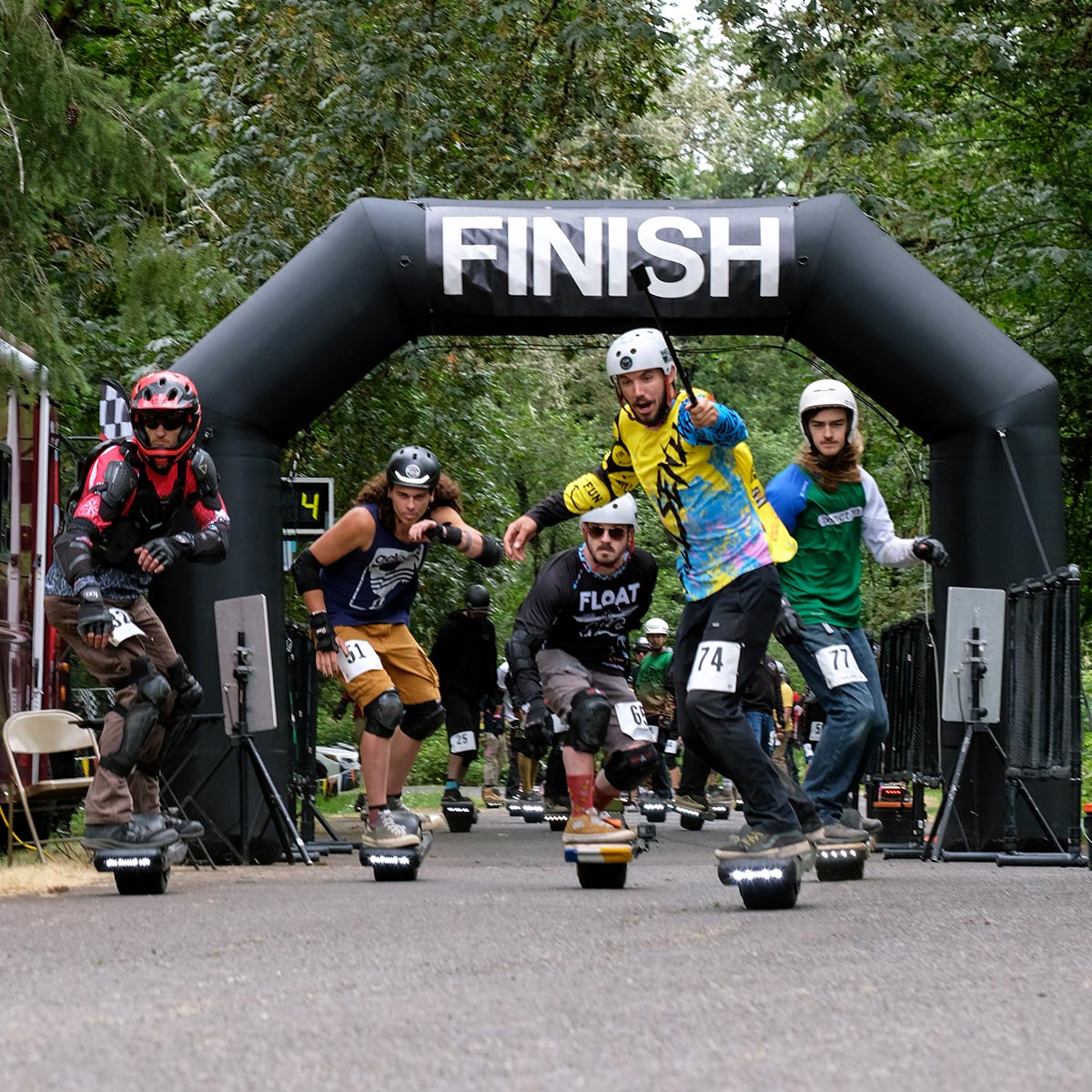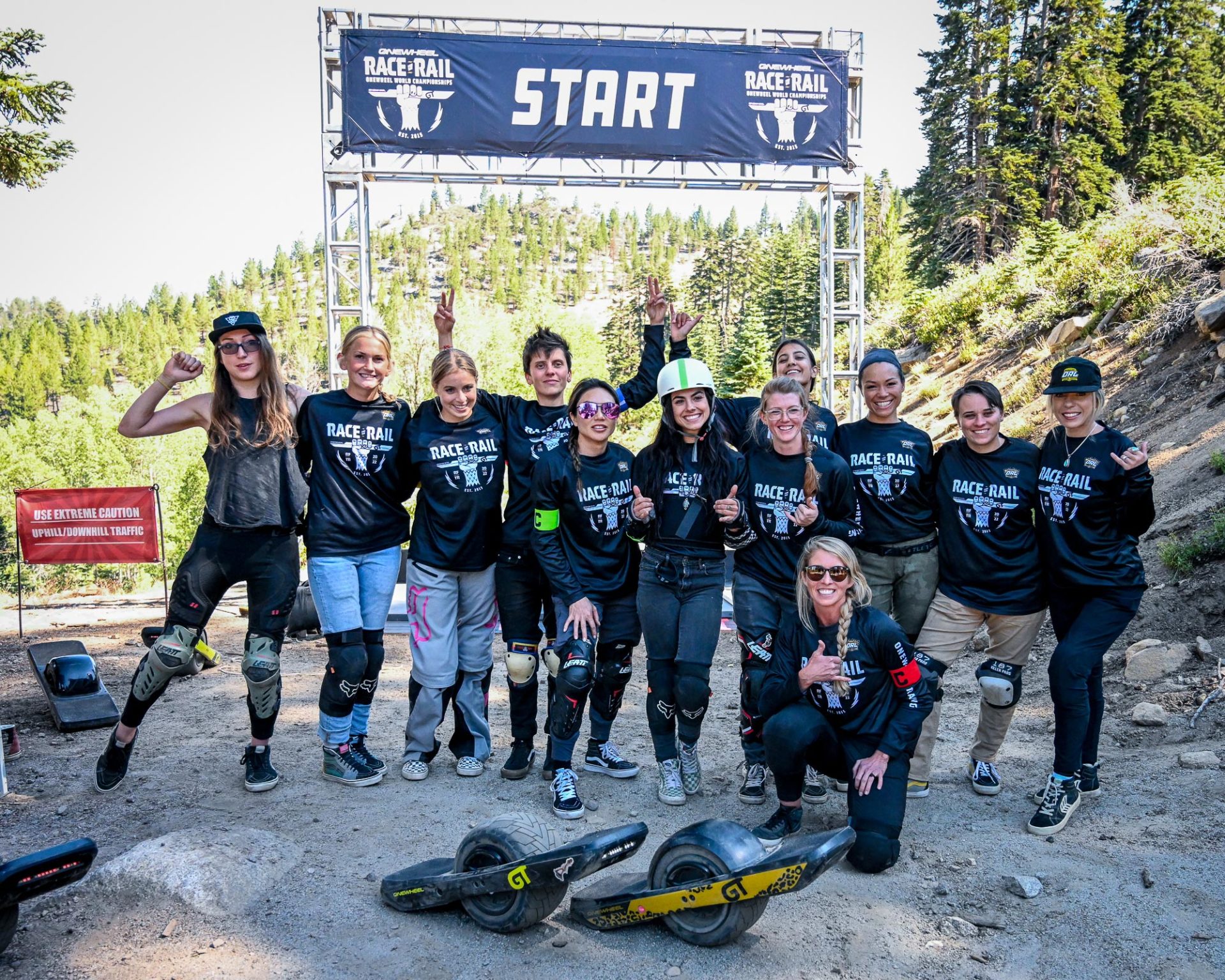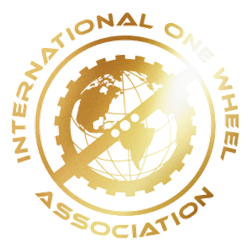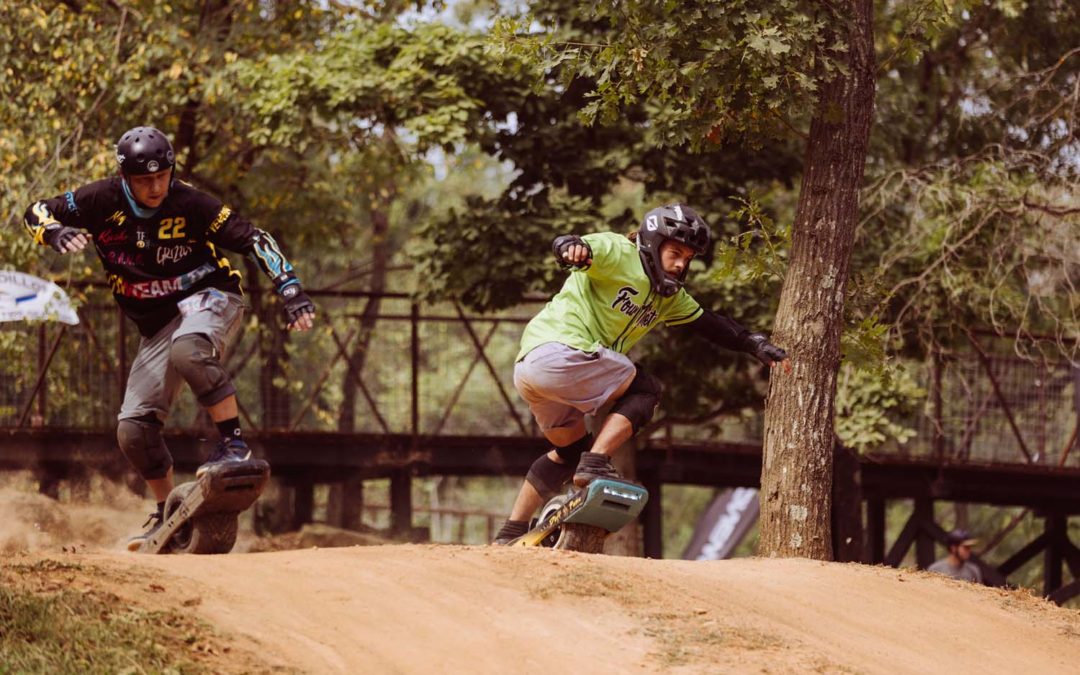In the earliest days of onewheel racing, there was little need for structure or consistency across competitions, as races were just a small part of any onewheel festival or event. But now, with the sport in its adolescence and many events dedicated purely to racing, hundreds of riders are creating thousands of data points each season, and event hosts are tracking these data points with professional timing technology. It is time—past time—to introduce a system that can be used across the board, both to simplify the planning and scoring process for hosts, and to give riders greater clarity on where they fall in the overall rankings.

Universal Categories
Rider categories or divisions will be the biggest piece of this puzzle for event organizers and for the vast majority of racers, who may or may not compete regularly but have not broken into the pro ranks and may not desire to do so. We’ve seen a wide variety of category break-downs, from the most basic divisions (men and women) to extremely granular divisions based on gender, age, weight, and board type. I propose a universal classification system as follows:
- Groms (13 and under), not segregated by gender
- Teens (14-17), not segregated by gender
- Men (18-44)
- Women (18-44)
- Clydesdales (215+)
- Masters (45+), not segregated by gender*
- Pro men (18+, no age cap—this is an elective division)
- Pro women (18+, no age cap—this is an elective division)
* Some events start Masters at 40, some at 50, and still others have masters (40+) AND an additional legends division for 50+. Starting Masters at 45 eliminates the need for multiple categories. Since these categories tend to be smaller, there is no need to separate them by gender at this time, although that could change as more women join the sport and/or age out of the general Women’s category.
Reasoning
Anecdotally, most racers say that age plays a minimal role in a rider’s competitive abilities. Subdividing adult racers into smaller categories by age muddies the data and makes it more difficult for riders to understand how they truly stack up. While it’s fun and exciting to receive a trophy, a trophy is more valuable and rewarding when few are available. It’s hardly bragging rights to receive a prize for being the only person registered in a certain category.
It makes sense to give children and teens categories of their own, as weight and physical abilities develop rapidly at these ages and would introduce inequities that would make it less fun and desirable for younger riders to participate in competition. And, it makes sense to create a division for riders who might be heard to say, “I can’t keep up with these kids anymore!” Of course, a rider older than 45 could still elect to race Pro, but for the average rider, the enjoyment of racing against younger competitors is likely diminishing by this age.
The Clydesdale category is critical, as weight plays a much more important role in onewheeling capabilities than age. In the future, it may be necessary to include an equivalent category for women. However, the pool is still too small to make this distinction yet, and early discussions have struggled to agree on an appropriate cutoff weight for the tentatively titled “Athena” category.

League Interplay
For the past two seasons, Onewheel Racing League has leveraged community events to feed into the eventual Race for the Rail bracket. In 2021, top riders at community events were immediately lined up to race again (the same or following day) for a chance to clinch their spot at the big finals. This was exhausting, time-consuming, and chaotic. Onewheel wisely recognized this and changed strategies for 2022, instead offering top riders at community events a free pass to the qualifier of their choice. This year’s approach was significantly better than last year’s, but I think there is still room for improvement.
Qualifiers ended up being redundant for the riders who received free passes. The best riders simply proved again that they were the best riders and clinched their spot at the finals. There is no need to require this additional step. Riders who won community events should be added to the RFTR roster, leaving qualifiers for those who have not yet clinched a spot. Then, the funds used to provide free trips to qualifiers could be used to create a “Racer Village” at RFTR, where all invitees would receive complimentary lodging at the same location.
Following this approach, the 2022 season could have looked like this:
- Top 3 males and top 3 females from DirtSurferz (total 3M, 3F)
- Top 3 males and top 3 females from Shredfest (total 6M, 6F)
- Top 3 males and top 3 females from Wheel Scorcher (total 9M, 9F)
- Top 3 males and top 3 females from Western Qualifier (total 12M, 12F)
- Top 3 males and top 3 females from Eastern Qualifier (total 15M, 15F)
- Next 1 male and 1 female in ORL Rankings or Wild Card by vote (total 16M, 16F)
Traveling to Onewheel events is expensive, and riders do so on their own dime. Redundant competitions should be trimmed anywhere possible, and financial assistance from Onewheel itself should be reserved for RFTR finalists, not qualifying race contenders. In addition, establishing a “Racer Village” at the finals would ease the logistics of scheduling and transportation within the event itself as well as benefitting racer morale and camaraderie. This brings us back to the whole point of riding (and racing) onewheels: Because it’s FUN!
Call for Submissions
What Onewheel topics do you find yourself talking about again and again? Conversations you’ve had so many times, you could probably deliver the TED Talk about it? IOWA is seeking content like this from members of our community. Please reach out to hello@theiowa.org to pitch your idea!


I’m assuming that there’s not enough women in the 44+ Category to make that it’s own division?
NM I should have read the whole article before I asked my question.
I like it but weight is too large a factor. That’s like saying two men of equal skill on the same board but one is 214 and the other is 120 is a fair race? Also vesc boards should be a different category. I would break it down by board type and weight. But keep the sub 18 categories as there are cognitive differences that are presient.